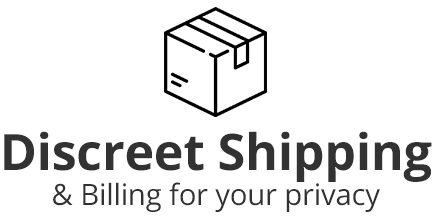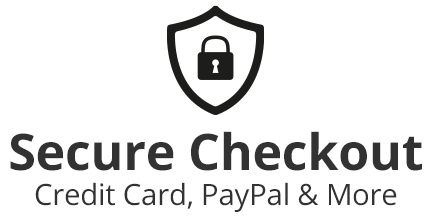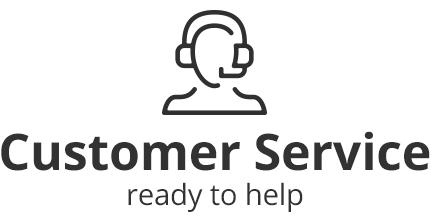Consent is Sexy: How Pleasure-Centered Education Can Help to Dismantle Rape Culture
As we know, some contemporary sex education curricula teach that abstinence is the only viable means to avoid pregnancy or contracting an STI. And, wow, nothing is sexier than abstinence! As if taking anything remotely sexual out of the teaching will make young folks ignore their own budding sexuality. This method of sexuality education is misguided.
**

Sarah Tomchesson, Head of Business Operations
Introducing the concept of pleasure into sex education geared toward young adults has long been frowned upon and rarely implemented with the exception of a few progressive models. Instead, the United States has largely adopted risk-focused education since the federal government's first allocation of funds for sex education after World War I, when the spread of syphilis and gonorrhea posed a real public health issue. The HIV/AIDS pandemic of the 80s and 90s reinforced the need for sex education as a public health necessity, specifically STD-focused education (more appropriately known now as STIs).
As we know, some contemporary sex education curricula teach that abstinence is the only viable means to avoid pregnancy or contracting an STI. And, wow, nothing is sexier than abstinence! As if taking anything remotely sexual out of the teaching will make young folks ignore their own budding sexuality. This method of sexuality education is misguided. Ignoring the amazing plethora of nerve endings in our genitalia and throughout our bodies, avoiding discussion of self exploration and skipping over how to talk about sex with a partner, does not make kids want sex less. It does not empower them to make healthy choices about their or their partners' bodies; it does not equip them for their first time (or their first 20 times) and I think it most definitely contributes to the prevalence of rape culture in our society.
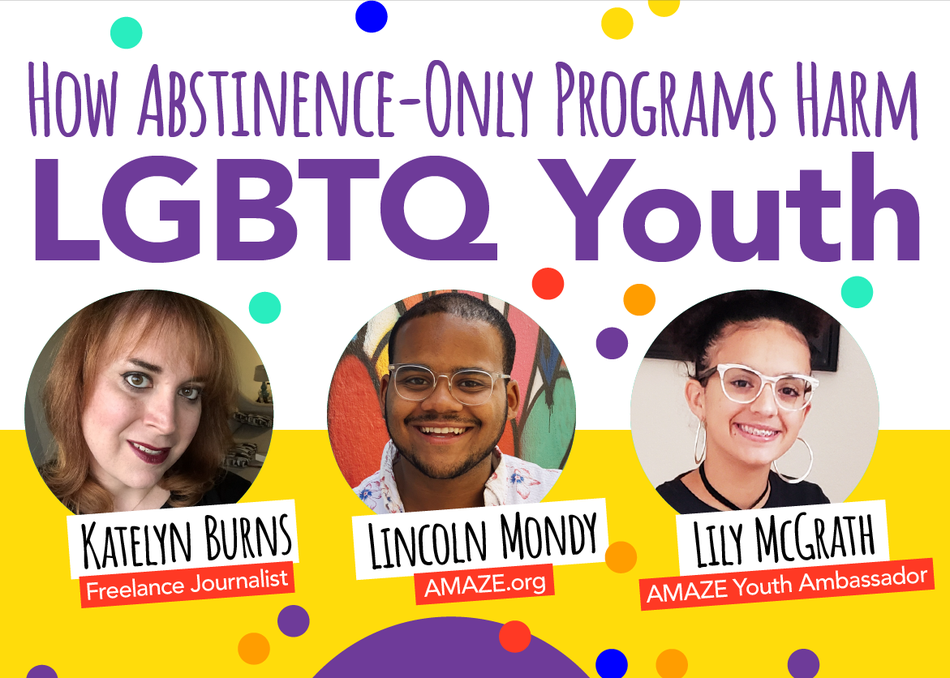
Recent Lgbtq Panels on the harms of abstinence at SXSW
This pleasure-denying approach to sex education in the US suggests that we are trying to socialize physiological urges out of young folks' bodies through fear tactics. This method may be helping some of our youth avoid pregnancy and STIs, but ultimately it is putting a lot of them at risk. We are not providing young people with a healthy alternative to the powerful and often disparate messages they receive about sex and sexuality through the internet, music, sports-culture, celebrity-culture, politics and religious institutions.
Sluthood is simultaneously exalted and stigmatized in mainstream media. Similarly, virility and "manliness" is glorified. Viagra and Cialis commercialsare now ubiquitous. Politicians are regularly caught cheating. Female professionals are still judged by looks and sex appeal first, effectiveness second (Kamala Harris IS the best-looking Attorney General after all, right?). Professional athletes get sexual assault cases dropped left and right. Stuebenville High School has just extended their football coach's contract for two years even while the grand jury has convened to determine his culpability in a 2012 sexual assault case (!) In this context, where sexuality is omnipresent but rarely meaningfully discussed and where there is limited access to sexuality education, particularly on the topic of consent, objectification, rape and sexual assault have become normalized. Unfortunately, most sex education curricula do not provide a viable alternative to the disempowering and pervasive model of sexuality provided by our culture.
Pleasure-centered education can provide our youth with meaningful tools to help them navigate one of, if not the most, vulnerable parts of their identity. As a sex educator, who teaches from a pleasure-based perspective I understand how complicated and loaded the concept of pleasure can be, even to adults. However, to embrace a healthy model of sexuality in which consent is a key piece one must be able to wrap their head around the vast pleasure possibilities consent unlocks. The model of sexuality that our culture constructs is unattainable because within it exists an irresolvable conflict between repression and overstimulation. I believe that introducing the concept of pleasure is essential to educating on consent and can offer a significant alternative to the current "one size fits all" model of sexuality. Empowering people to understand their sexuality and showing them the ways their bodies are built for pleasure, encourages them to seek out the sex that is right for them and to reject sex that hurts or is unsatisfying.
In a pleasure-based model, exploration of one's own body is at the core of the ideology and anatomy is taught from the perspective of the potential of the different nerve endings in the body. Anatomy lessons serve as a tool for individual empowerment. Education on the ways our bodies are wired for orgasm is especially important for young women who are discouraged by society's messaging to enjoy sex, and who have largely been denied permission to be sexual or to have sexual needs for fear of being labeled a slut.
Also, women are not taught to have pride for their genitals in the same way that a lot of men come to love and readily explore their penises. Just watch any feminine hygiene or douching commercial and you will see the deep shame that we as a society feel about the vulva. Likewise, the inherent power of the penis is ingrained in young men, but we are not teaching them that possessing a penis does not entitle them to pleasure any way they want it, whenever they want it.
Pleasure-based curriculum approaches sex from the perspective of mutual pleasure, through detailing the body's pleasure map and also by laying out a framework for safe exploration in relationships through strong communication. Demonstrating how to negotiate sex with a partner, what you like and don't like, provides an excellent opportunity for meaningful discussion about what consent means and what it looks like in practice. The affirmative consent model where only "yes" means "yes" is perfectly positioned in pleasure-centered education. Introducing consent in this context, where the goal is greater pleasure for both partners, makes it sexy and helps elucidate how sex with a consenting partner is always more satisfying.
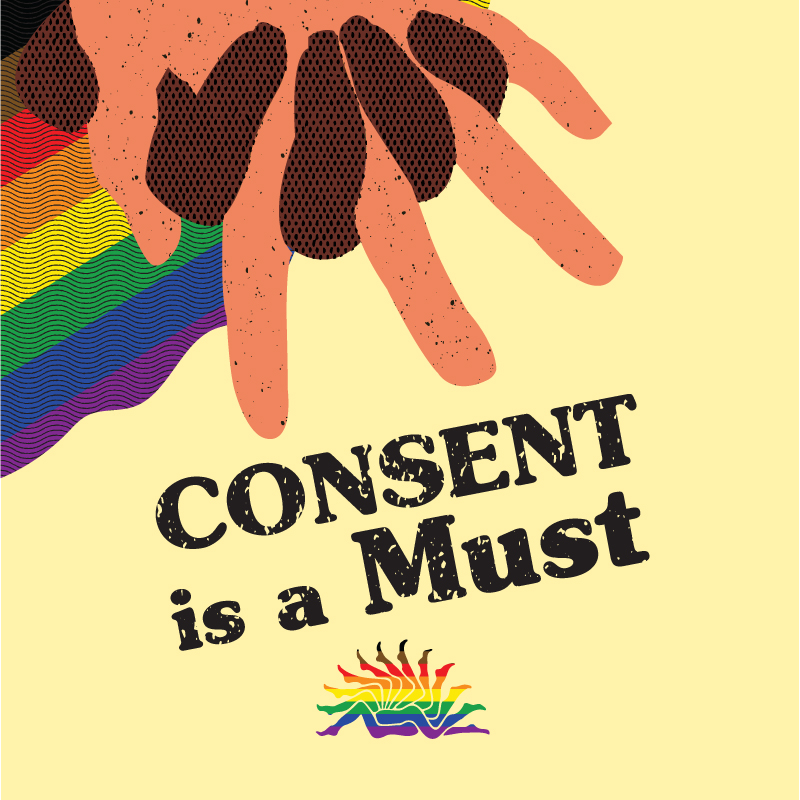
The problem with risk-focused or abstinence-only sex education is that the concept of mutuality is absent; the curriculum has been disinfected of any remnants of sexiness. Young people know that when sex education focuses solely on negative outcomes that something is missing. In the absence of comprehensive and affirmative education they will seek out information where none has been provided. The sexuality resources that are most readily available and accessible are not promoting consent, sex-positivity or contributing to a rape-free culture.
Don't get me wrong, I am not arguing that "Blow Jobs 101" or "The Ultimate O: Achieving Multiple Orgasms" is appropriate curriculum for teenagers. However, recent events at Occidental College, USC, Amherst, Stuebenville High School and in the military demonstrate that rape culture is alive and well. These events highlight that people are entering their sexually active years with little to no understanding of what informed consent is.
There are age-appropriate ways to sexually empower our youth and it is a priority that we do so. One great example of progressive education is Planned Parenthood Los Angeles' pilot health program, which includes an educational curriculum for students and parents that is paired with health resources and peer advocacy on high school campuses. Another is Dr. Laura Berman's Sex Ed Handbook for parents (PDF), which encourages discussion in the home from a young age. Young people are confused about their sexuality and their bodies and are becoming confused adults. Hopefully, some will find their way to a sex-positive or pleasure-centered workshop in adult life but many will not.
Our sex education has sheltered young people by focusing on risk and denying pleasure while the rest of society bombards them with a precarious model of sexuality. This combination is not working for us anymore. It is time that we introduce pleasure, and with it sexy consent, into more sex education curricula.
To read more about how young people are combating rape culture, read our previous post on the Know Your IX campus movement.


